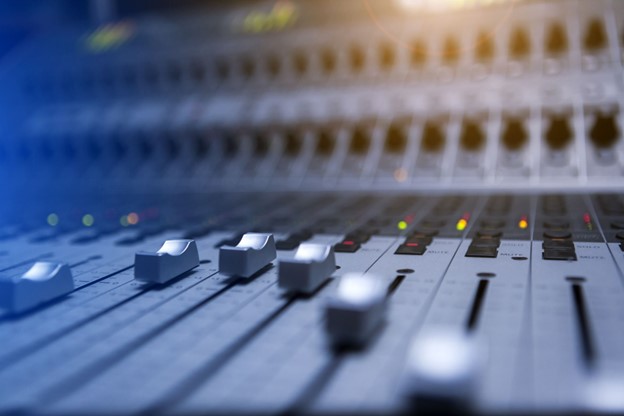Technology is rapidly changing the music industry, especially on the production front. Here are a few tips to help you sort through the various virtual digital audio workstations.

1. Ableton Live: Ableton Live is a popular digital audio workstation (DAW) that offers a comprehensive set of tools for music production, recording, and live performance. It has a user-friendly interface, supports real-time collaboration, and provides various features for electronic music production.
2. Logic Pro X: Logic Pro X is a professional-grade DAW developed by Apple. It offers a wide array of virtual instruments, audio effects, and recording capabilities. Logic Pro X includes features for multi-track recording, scoring, and music production, and it works seamlessly with other Apple devices.
3. FL Studio: FL Studio (formerly known as Fruity Loops) is a versatile DAW suitable for electronic music production and beat-making. It has a visually appealing interface, a broad range of virtual instruments and effects, and supports real-time collaboration through its software tools.
4. Pro Tools: Pro Tools is an industry-standard DAW widely used in professional studios. It offers comprehensive features for music production, recording, and mixing. Pro Tools also supports remote collaboration with the cloud-based collaboration platform called Avid Cloud Collaboration.
5. Studio One: Studio One is a feature-rich DAW that provides tools for music production, recording, mixing, and mastering. It has a modern user interface, allows for easy integration of virtual instruments and effects, and enables collaboration through its integrated cloud services.
Remember to evaluate these options based on your specific needs, such as the type of music you create, affordability, and compatibility with your operating system. It’s also helpful to try out free trial versions or demo versions of the software to determine which one suits you best.


